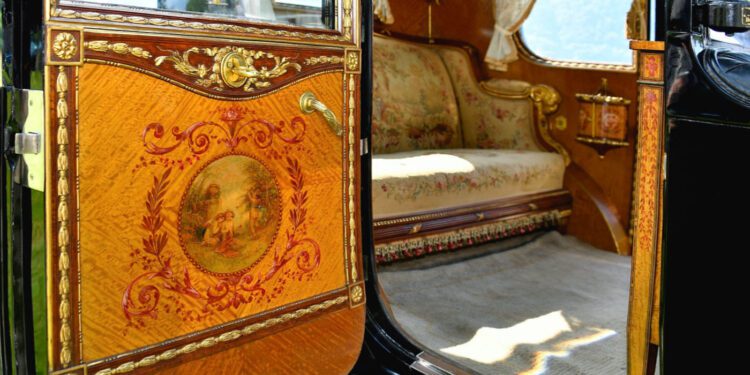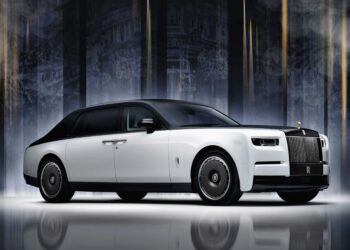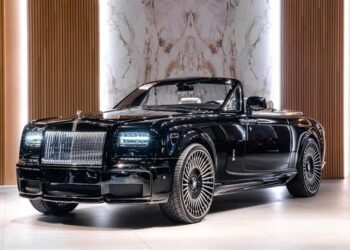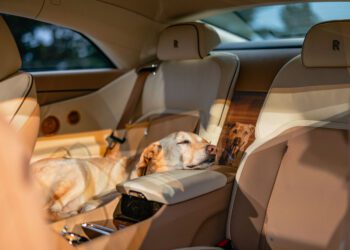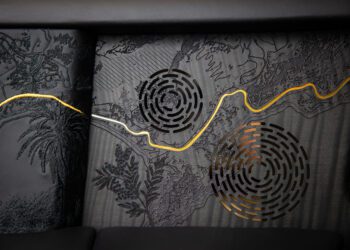Rolls-Royce looks back on a century of bespoke Phantom excellence.
Known today as one of the world’s most coveted and celebrated ultra-luxury automotive manufacturers, Rolls-Royce is responsible for creating some of the greatest luxury cars of all time. One of those is, of course, the Phantom, the flagship model from Rolls-Royce whose name has represented the pinnacle of Rolls-Royce luxury for a century since it was first introduced in 1925. Having 100 years of ultra-luxury excellence to look back on, Rolls-Royce has spent the year celebrating the centenary of the Phantom, and its latest retrospective explores bespoke versions of the ultra-luxury model throughout the years.
Today, Rolls-Royce Bespoke reaches daring heights of craftsmanship, allowing clients to express themselves to an incredible degree with bespoke paint colors, unique interior finishes, stunning embroidery, painstaking woodwork, and unique art displays in the case of the Phantom Gallery. However, bespoke iterations of the Phantom have been a part of Rolls-Royce’s repertoire for almost the entire century that the nameplate has been in existence.
Some of the first commissions of the Rolls-Royce Phantom I featured elaborate details for owners like Indian Maharajas, and a Phantom VI made for the Lord Mayor of London featured an armrest made to hold the ceremonial mace during public appearances. Many early Phantom owners opted for privacy curtains in the cabin, a feature still available today, and a Phantom IV for the British Royal Family featured seats that could slide back and forth to hide occupants when need be. Another Phantom V featured a Perspex dome for a transparent view, with a cover for privacy.
John Lennon’s Phantom V was one of the first cars in Britain to feature tinted rear windows, and in 1928, Otto Oppenheimer, who ran the London operations of De Beers at the time, opted for a secret compartment to transport uncut diamonds in a Phantom, and only he, Rolls-Royce, and the coachbuilder knew its location. Bespoke Rolls-Royce Phantoms also evolved with style movements throughout the century of its existence, with many of the first being inspired by the Art Deco movement with opulent treatments, and more minimal approaches taking over with luxurious materials still being used in later examples, like the Queen’s Light Grey and Baroda Blue Phantoms in the 1950s and ‘60s.
During the era of Prohibition in the United States, Bespoke Rolls-Royce Phantoms featured secret compartments for liquor, with the end of Prohibition ushering in vehicles with prominent and visible drinks cabinets. Other features seen in Rolls-Royce Phantom commissions include a Phantom II with a gramophone, radios in Phantoms from the 1930s, and a television in a Phantom from the 1960s. One Phantom owned by Elvis Presley even had a microphone installed.
Today, features like the Starlight Headliner, Phantom Gallery, and other stunning ultra-luxury craftsmanship touches from Rolls-Royce are highlights of the Bespoke Phantom experience, and while it features cutting-edge technology and artisan craftsmanship now, the tradition of bespoke excellence in the Rolls-Royce Phantom is one that stretches back roughly 100 years.
Image Source: Rolls-Royce Motor Cars


